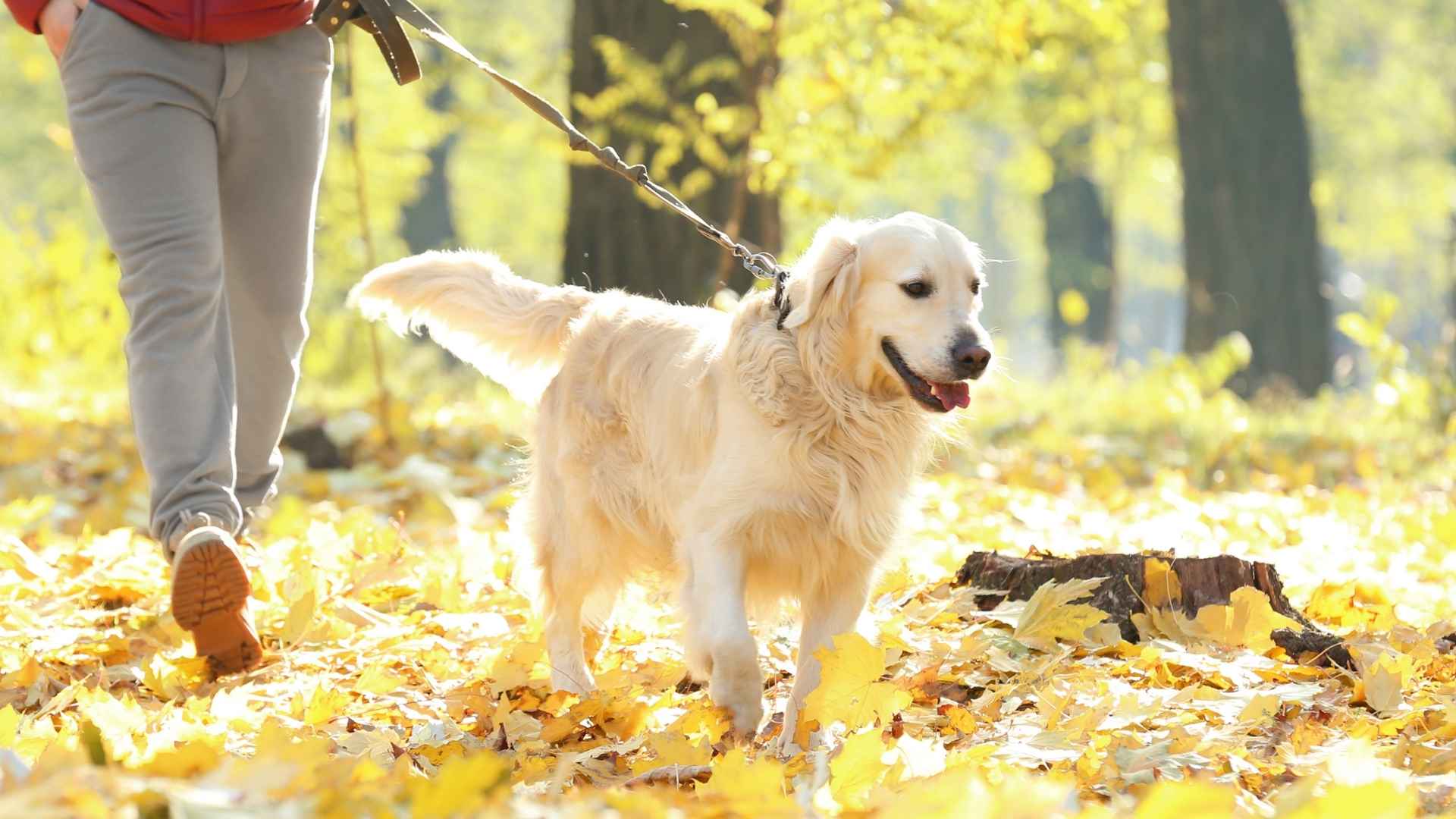Dog ownership sounds amazing—until you’re holding on to a leash like it’s a lifeline. Your arm’s sore, your patience is gone, and your dog’s in a different time zone. Every walk becomes a chore, not a joy.
But we’ve all seen that person, the one who’s walking with a dog that never leaves their side. No leash. No drama. Just trust. You wonder how they do it. You think maybe it’s insane training, or maybe the dog’s just older.
But sometimes, it’s not about effort at all. It’s about the breed. Some dogs are naturally calm, human-focused, and loyal. They don’t want to run. They don’t care about chasing. They’re happy being with you. That connection? It’s real. And some dogs are born with it.
If you’re dreaming of peaceful, leash-free walks where your dog chooses you every time, this article is exactly what you’ve been waiting for.
Dog Breeds That Rarely Need A Leash
1. Doberman Pinscher

Dobermans are known for their intense focus and sensitivity to human cues, often responding to commands before they’re even fully spoken. This makes them incredibly reliable during off-leash walks in controlled settings. They stay alert but connected to their handler’s rhythm and direction.
Strong recall from early training
When raised with structured, reward-based training, their recall becomes second nature. Dobermans aren’t easily distracted once they’ve bonded with their humans and learned expectations, as per Purina. Their responsiveness is often stronger than many breeds, twice as laid-back.
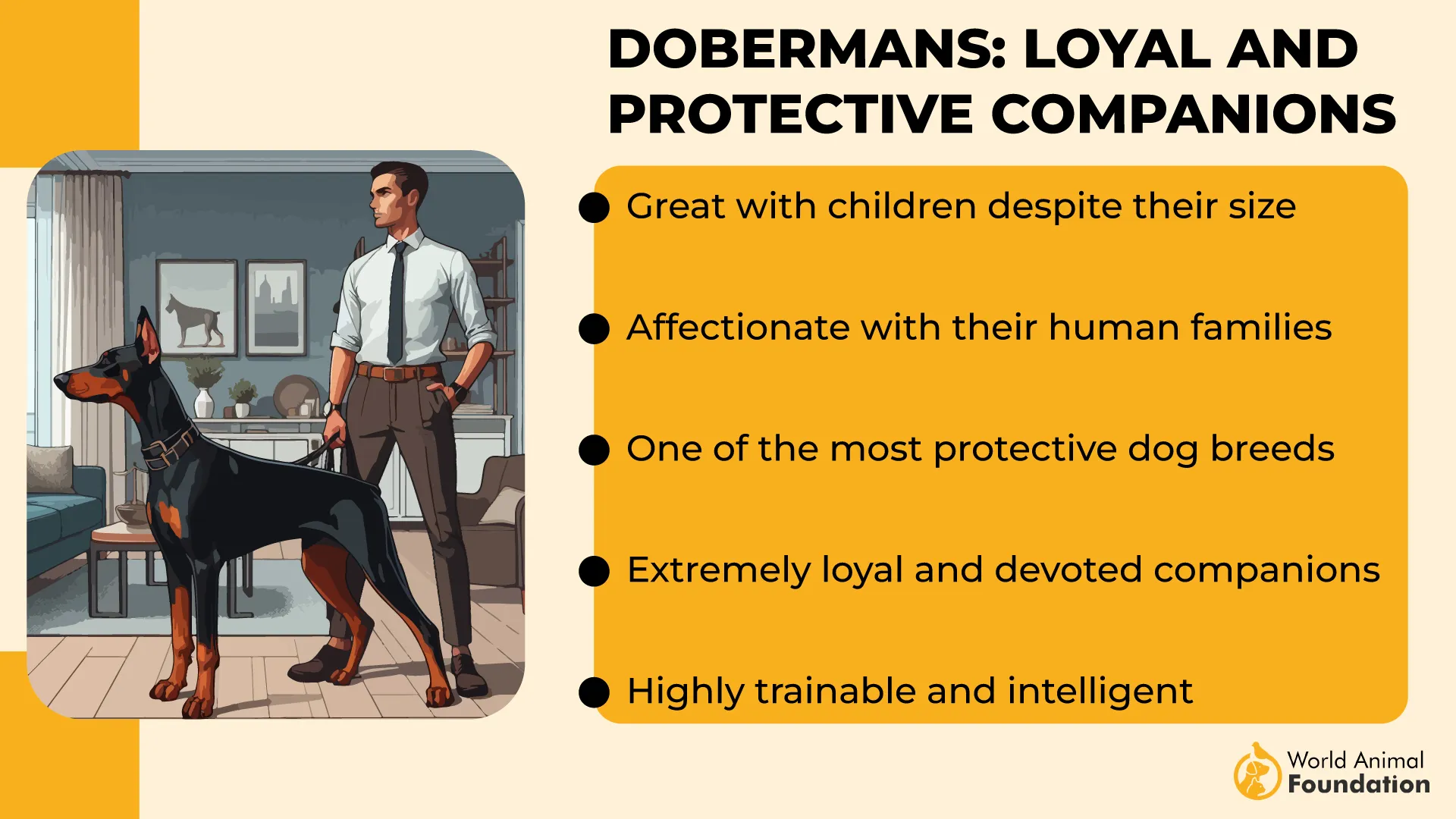
Protective without being unpredictable
These dogs assess their surroundings constantly, yet they rarely wander far from their person. Their sense of responsibility and loyalty keep them close, whether in a public space or their own yard. They’re not the type to bolt unless seriously provoked.
Consistency still depends on the individual dog
Even with their strengths, off-leash reliability should be based on the maturity and training of the individual breed. A Doberman who’s been challenged mentally and physically will respect boundaries better than one left under-stimulated. For best results, consistent reinforcement is key.
2. Border Collie

Border Collies are wired to watch and react to movement, especially yours. They don’t just follow commands; they anticipate them with startling precision. This eye contact-driven connection makes off-leash direction feel more like silent teamwork than training.
Bred for boundary awareness
As a true herding dog, the Border Collie’s brain is built for terrain management and spatial control. It’s natural for them to operate within invisible boundaries—even outdoors. Their ability to monitor and adjust distances is what keeps them close without being told.
Thrives on structured freedom
Give them mental challenges, and they won’t seek out mischief. With proper training, they’re able to focus even in dynamic outdoor settings filled with distractions. They love freedom, but only if it’s part of an active lifestyle they can mentally invest in.
Gets along with other dogs—but stays task-oriented
When off-leash with other dogs, Border Collies don’t lose focus—they just shift into observation mode. They read the environment quickly, balancing play with purpose. Even in social settings, their instinct leans toward control over chaos.
3. Labrador Retriever

Labs have a built-in desire to stay close to their person, not just physically but mentally. They constantly check in, waiting for subtle cues even without formal commands. This eagerness to please makes the dog’s off-leash experience far more predictable, as per PDSA.
Naturally conditioned through work-driven instincts
Their background as gun dogs didn’t just give them endurance—it wired them to watch, wait, and retrieve only when asked. Even among other breeds with similar intelligence, few maintain this balance of drive and impulse control in open spaces.
Adjusts to the pace of the individual owner
Whether it’s a casual stroll or an active jog, Labs instinctively mirror the pace and mood of their person. That adaptable mindset keeps them present and less prone to wander. It’s not just about obedience—it’s about synced movement.
High energy that channels through a purpose
Labradors need something to do, but they don’t chase chaos. Their high energy is often softened by giving them a clear role—be it carrying something or watching a child nearby. When mentally engaged, their urge to roam fades on its own.
4. Puli
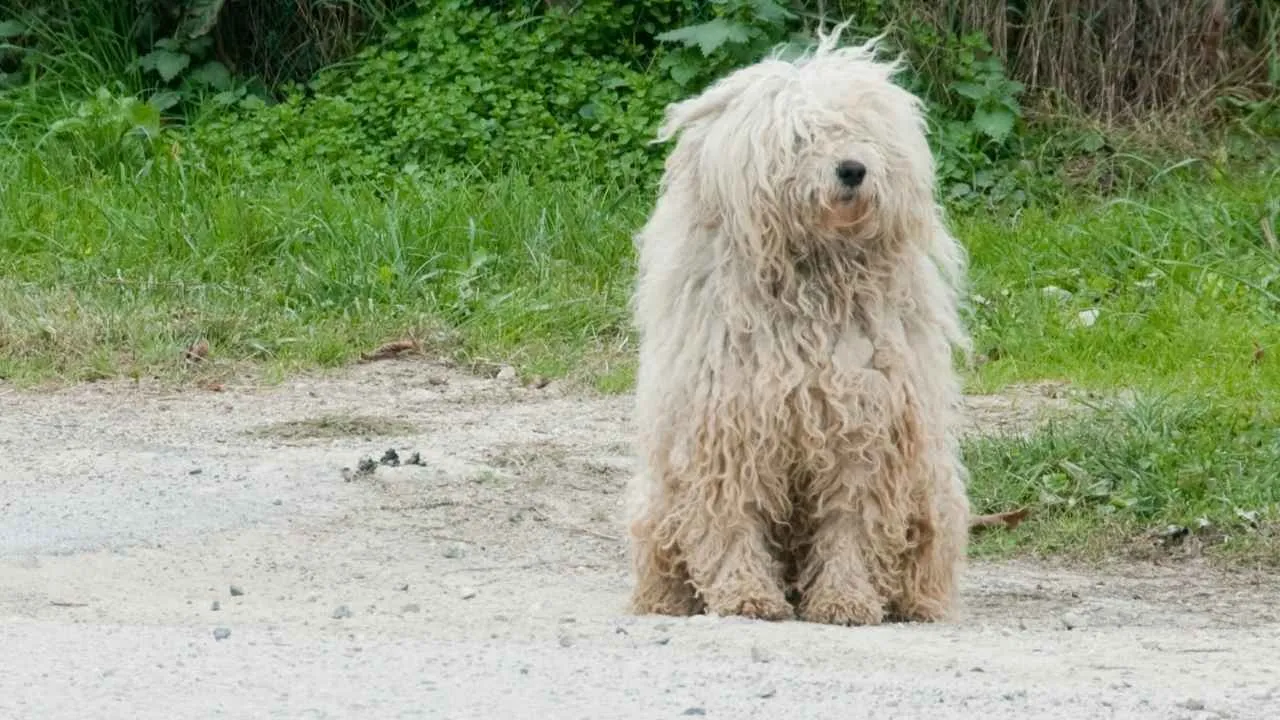
Originally bred to herd sheep in Hungary, the Puli developed a natural ability to monitor movement without commands. This ingrained instinct keeps them tuned into their handler’s body language during outdoor activities.
Temperament rooted in independence
Their temperament is a balance of alertness and self-assurance, often leading them to stay near without being told, as stated in the Pet Health Clinic. They don’t wander aimlessly; they scan, stay close, and remain in sync with what’s happening around them. It’s not obedience — it’s decision-making.
Mentally agile and highly trainable
Puli responds best to task-based challenges that reward their natural problem-solving skills. Being highly trainable doesn’t just mean they follow rules; they learn patterns and adjust quickly. This mental agility translates into reliable off-leash behavior.
Endurance and focus over distraction
Despite their boundless energy, Puli don’t scatter their attention the way many energetic breeds do. When given direction, they stay locked in — and even in open spaces, they’re quick to return. With early conditioning, “dog off leash” scenarios become second nature.
5. Poodle
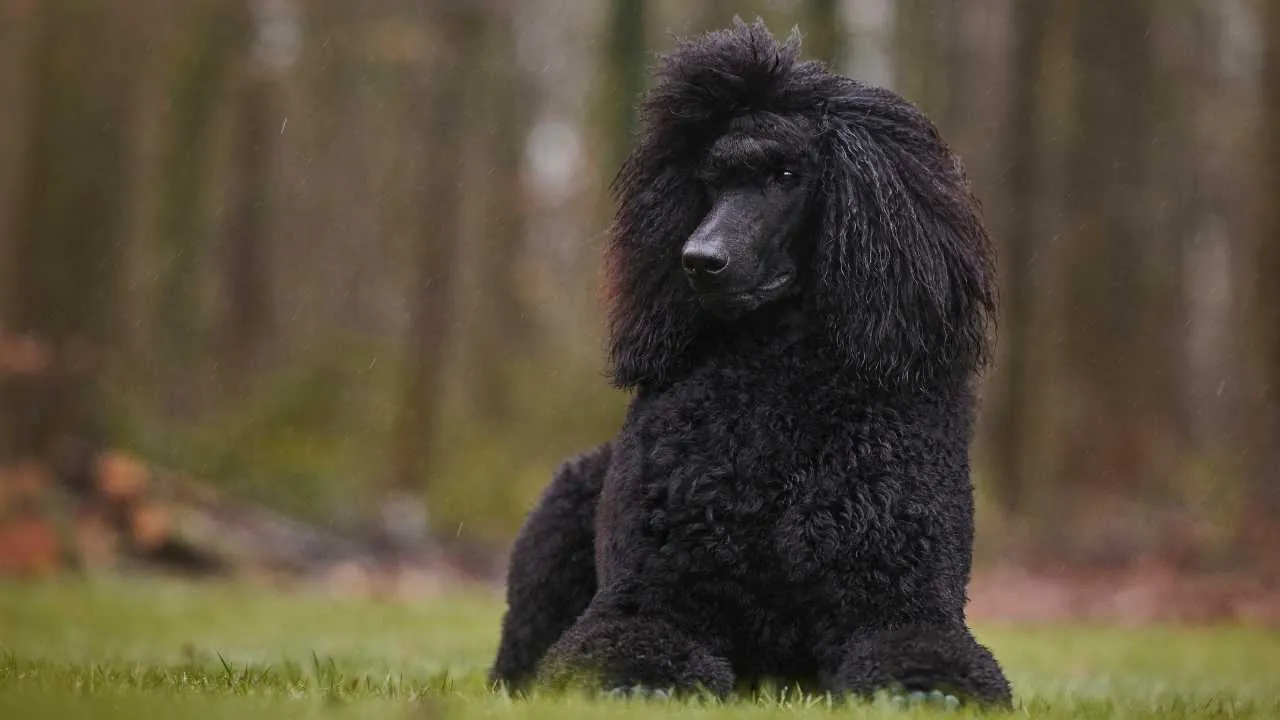
Poodles are incredibly attuned to human body language, often anticipating movement and direction without needing verbal cues. This natural attentiveness makes them excel in off-leash environments, especially when their person stays within visual range. Their responsiveness feels intuitive, not forced.
Work ethic is wired into their instincts
Originally bred for water retrieval, Poodles were trained to follow complex commands at a distance. This deep-rooted work ethic translates into off-leash reliability, especially when there’s a task or goal. They thrive when there’s structure and something to “do,” even during free roaming.
Pattern recognition masters
Once a routine is established—be it trail paths, park routes, or neighborhood walks—they memorize it quickly and stick to it. That pattern-seeking brain helps keep them close without frequent corrections. They notice changes, which can be helpful for unpredictable outdoor settings.
Precision in movement, not just looks
The elegance people associate with Poodles isn’t just visual—it’s also behavioral. Their movement is deliberate and centered around where their person goes, not where distractions lead. It’s this precision that makes them stand out among breeds that walk a clean, leash-free line.
6. Brittany
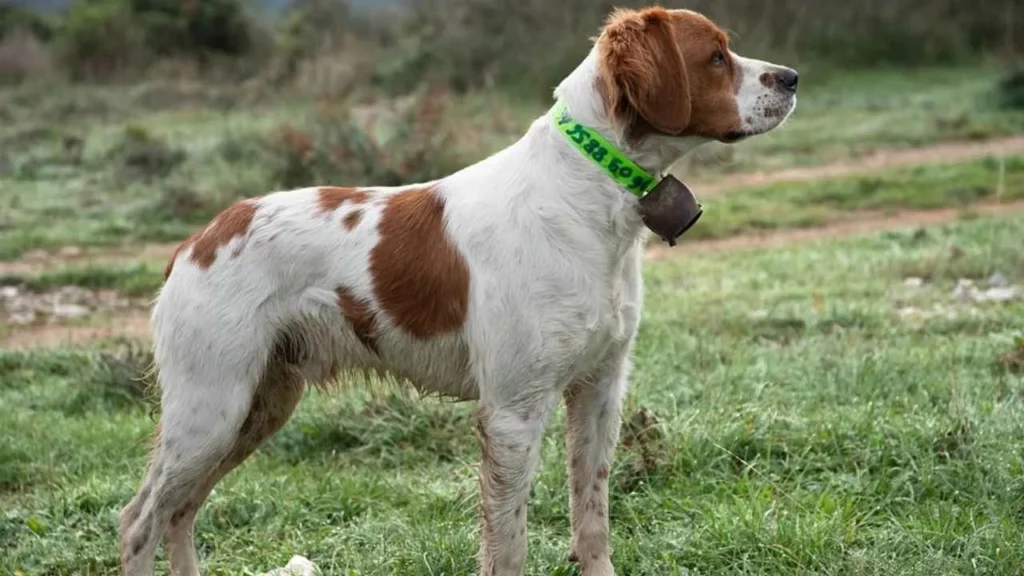
One of Brittany’s most distinctive traits is its habit of circling back to its person, even when exploring wide open spaces. This constant “checking in” isn’t trained; it’s instinctive. Hunters valued this trait because it meant the dog never drifted too far out of sight.
Built for distance, but stays close
Brittanys can cover serious ground, but their movements are grounded in teamwork. Even during high-energy runs, they keep an eye on their human, syncing their pace without being called. This trait makes them rare among breeds that enjoy both speed and direction.

Eager to please over independent thinking
What really sets a Brittany apart off-leash is its desire to cooperate. They’re less prone to rogue decisions and more inclined to follow subtle signals. It’s not stubbornness you’re working against—it’s enthusiasm you’re channeling.
Training amplifies what’s already there
Early recall training doesn’t create Brittany’s off-leash ability, it sharpens it. Their genetic wiring makes them responsive to voice tones and visual cues even at a distance. That blend of athleticism and attentiveness is exactly why seasoned dog handlers favor them.
7. Australian Shepherd

Australian Shepherds don’t just follow commands, they anticipate patterns in their environment. Originally bred to herd across vast terrains, they instinctively monitor movement around them. This keeps them naturally within range, especially in open areas or trails.
Movement-oriented, not attention-seeking
They stay close not because they crave constant attention, but because they’re drawn to motion and order. When walking off-leash, they often position themselves to guide rather than drift. Their brains are wired to circle, flank, and align with the group.
Responsive to subtle directional cues
Aussies excel with off-leash control when handlers use consistent, low-effort signals, like body orientation or hand movements. Loud commands often aren’t needed. Their ability to read a human’s posture gives them an edge most breeds don’t naturally have.
Mentally driven, not just physically active
Their off-leash success depends less on physical energy and more on mental structure. An under-challenged Aussie may roam or invent tasks, while a well-engaged one sticks to its “job.” That’s why intentional routines matter far more than just a big yard.
Conclusion
Owning a dog that doesn’t need a leash isn’t just convenient—it transforms the entire experience. It turns a routine walk into a shared adventure, a simple trail into a memory. These breeds don’t just stay close—they choose to. That kind of bond isn’t about dominance or discipline. It’s about trust, instinct, and real connection.
You may start out with the idea that you’re training a dog, but you’ll quickly realize it’s the dog training you to be present. Whether it’s a trail run, a weekend hiking trip, or just your favorite park, that freedom becomes part of your daily life. No tangles, no stress, just flow.
And as your pup trots beside you, tail wagging, nose catching every scent the wind carries, you’ll forget what it felt like to be tethered. In that moment, it’s not about rules, it’s about choosing each other, again and again.


